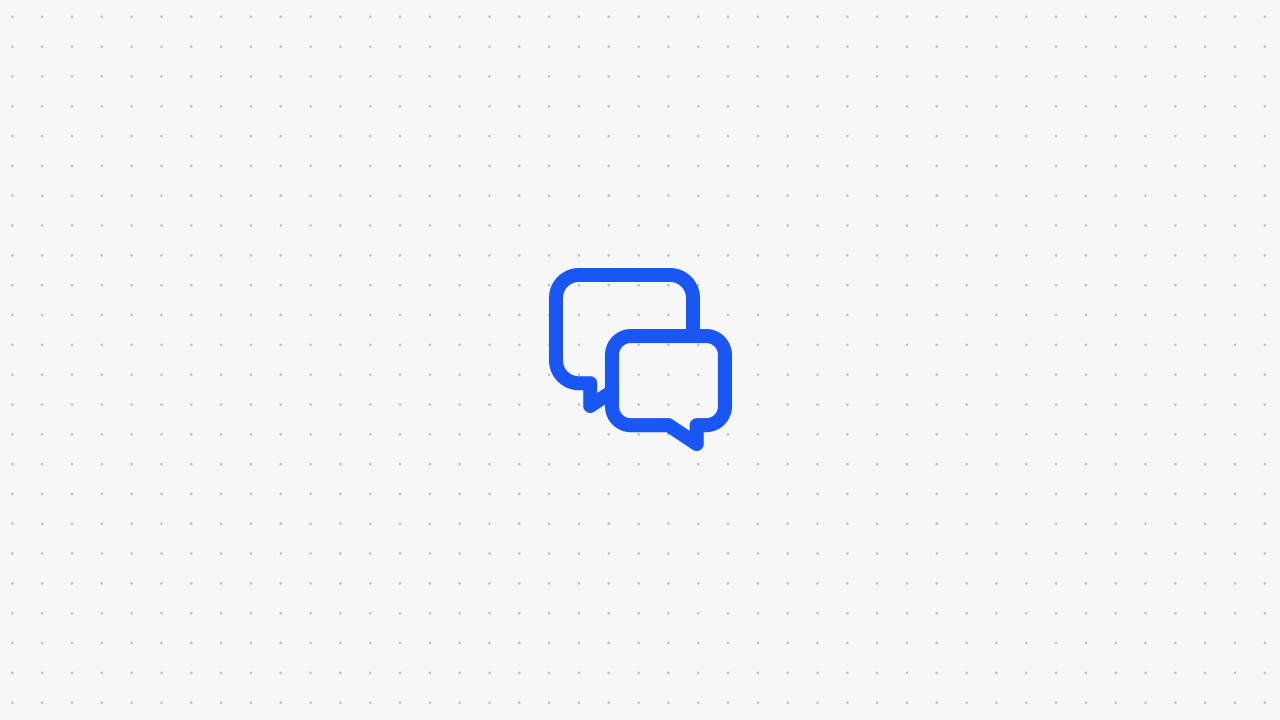Voiceflow: The No.1 AI Chatbot Builder for Conversational Experiences

In the movie “Her” (2013), Theodore confides in his AI companion, “I feel like I can be anything with you.” These interactions used to seem like pure science fiction. But now, with rapid advancements in AI chatbots, we’re getting closer to making them a reality.
Artificial intelligence (AI) chatbots have made huge leaps forward, thanks to new technology in natural language processing (NLP) and machine learning, chatbots can now understand and respond almost like humans. Leading this revolution are developments like OpenAI’s GPT-4o, which powers many of today’s most advanced chatbots.
Maybe you’re wondering: Can I create a chatbot? What’s the best free AI chatbot? How hard is it to get started?
This article will answer your questions and introduce you to the basics of AI chatbots. You’ll learn how they can benefit your business and discover the best no-code AI chatbot builder tool, Voiceflow, to help you get started for free.
What Is an AI Chatbot?
An AI chatbot is like a smart robot you can talk to. AI chatbots use Natural Language Processing (NLP) to understand and generate human language.
Models like GPT-4, which are built on the Transformer architecture—a type of deep learning model—are trained on extensive datasets. This training helps them learn the complexities of language patterns and context, allowing them to “write” and “speak” in a way that feels natural.
5 Different Types of Chatbots: Key Features and Examples
There are 5 main types of chatbots, each suited to different needs. Some chatbots offer simple menu-based interactions, while others use advanced AI for complex tasks. Understanding these options will help you choose the right chatbot to improve customer service, automate tasks, or engage users effectively.
How Do AI Chatbots Work? Step by Step
The way AI chatbots work can be broken down into 6 steps.
- The user types or sends a message to the chatbot, also known as “input”.
- The chatbot uses Natural Language Processing (NLP) to understand the message (input) by breaking down the text and identifying keywords.
- The chatbot then determines what the user wants to achieve, in other words, the “intent” of the user, such as making a booking or asking a question.
- The chatbot searches its knowledge base (KB), which is a database full of information, to find relevant answers.
- Using the retrieved information, the chatbot crafts a response.
- Finally, the chatbot sends the response back to the user. If it’s a voice chatbot, it speaks the reply using text-to-speech.
{{black-cta}}
AI Chatbots in Customer Service: A Case Study
AI chatbots are transforming customer service. According to a McKinsey study, nearly 80% of companies have seen an increase in the adoption of self-service customer support channels, including chatbots, which significantly reduce call volumes and improve efficiency. These advancements are driving businesses to invest more in AI technologies to stay competitive and meet customer expectations.
Here’s a case study that highlights the efficiency and effectiveness of AI chatbots in customer service.
eSnipe, a company that helps users win eBay auctions, faced a challenge with their customer support system dealing with a high volume of tickets for 2,000,000+ users. To address this, they implemented an AI-powered search agent using Voiceflow. This chatbot was designed to understand customer queries and provide accurate answers from eSnipe’s knowledge base.
As a result, eSnipe was able to automate 70% of their help center tickets. This automation led to significantly improved response times and higher customer satisfaction. By reducing the workload on their support team, they could focus on more complex issues, while customers received prompt and helpful responses.
The Best Platform to Build an AI Chatbot from Scratch: Voiceflow
Voiceflow stands out in the crowded AI chatbot generators due to its focus on collaboration, extensibility, and user control. Here’s a detailed look at its features:
- A no-code platform for designing, prototyping, and deploying AI chatbots and voice assistants
- Integrates with various services and APIs
- Multi-platform deployment (web, mobile, smart speakers)
- Extensive library of pre-built components and templates
- Collaborative tools for teams
Using Voiceflow is so easy to use for both developers and non-developers, but that’s just one of its advantages, here are more:
- Advanced Prototyping and Testing: Voiceflow provides strong prototyping capabilities, including in-browser and on-device testing for platforms like Alexa and Google Assistant. This facilitates unguided user testing and rapid iteration.
- Extensive Integration and Export Options: Voiceflow allows for deep developer integrations and supports runtime code exports, making it easier to transition designs into production environments.
- High Design Fidelity: Voiceflow supports advanced context modeling, dialogue management, conditional logic, and live data integration. This high level of design fidelity allows for more complex and nuanced conversational designs compared to other tools.
Create a free Voiceflow account today to build your own AI chatbot from scratch!
{{button}}
Frequently Asked Questions
Which is the best AI chatbot?
The best AI chatbot depends on what you need it for. ChatGPT by OpenAI is great for natural, human-like conversations, while platforms like Voiceflow are better for building custom AI chatbots for business use.
Is there a free AI chatbot?
Yes, many AI chatbots have free versions. For example, ChatGPT offers a free tier, and platforms like Voiceflow and Dialogflow have free versions.
Is Bard better than ChatGPT?
Bard and ChatGPT serve different purposes. Bard is designed more for creative and poetic responses, while ChatGPT is focused on more general, conversational AI.
Is there an AI for WhatsApp?
Yes, you can use AI for WhatsApp by integrating chatbots through AI chatbot-building platforms like Voiceflow. Voiceflow supports advanced integrations for building and managing WhatsApp chatbots, making it easier to automate responses and improve customer interactions.

Start building AI Agents
Want to explore how Voiceflow can be a valuable resource for you? Let's talk.




